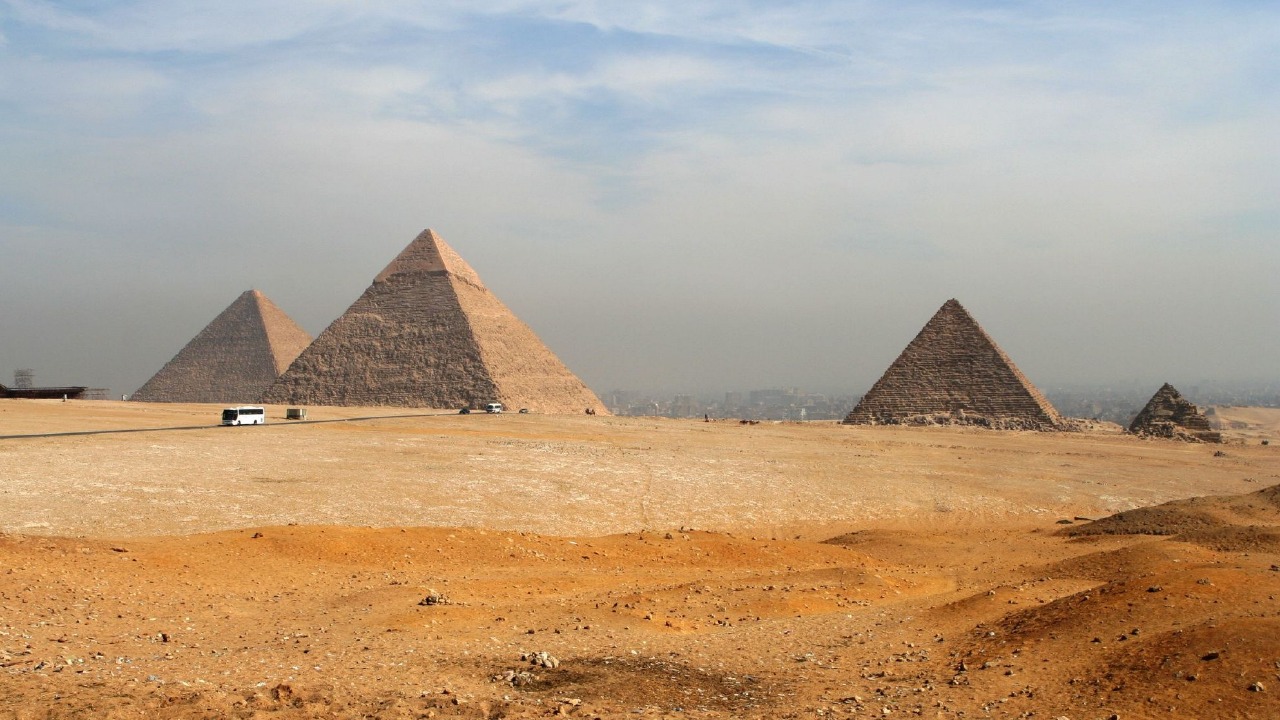
Recent advancements in radar technology have revealed a massive underground city beneath the Giza Pyramids in Egypt. This intriguing discovery has captured the attention of archaeologists and scientists worldwide, sparking debates and further investigations. As researchers and enthusiasts alike delve into this monumental find, it promises to reshape our understanding of ancient Egyptian civilization and its architectural prowess.
The Breakthrough in Radar Technology

The discovery of the underground city was made possible by the innovative use of quantum radar technology. Unlike conventional radar, which relies on radio waves to detect objects, quantum radar utilizes quantum entanglement to achieve unprecedented levels of resolution and penetration. This technology allows for more precise detection of underground structures, which has long been a challenge for archaeologists trying to explore beneath the Earth’s surface without invasive digging.
Quantum radar’s technical advancements have opened new avenues for exploration. Its ability to penetrate deeper layers of the earth while maintaining high resolution has made it an invaluable tool in discovering hidden structures. The technology’s sensitivity is attributed to innovations in quantum physics, which allow it to distinguish between different materials with high accuracy. These capabilities not only facilitate archaeological discoveries but also have broader applications. For instance, in geology, it can be used to map mineral deposits, while in urban planning, it can help in the design of underground infrastructure. Its potential uses in military operations for detecting underground bunkers also highlight its strategic importance.
The Discovery of the Underground City
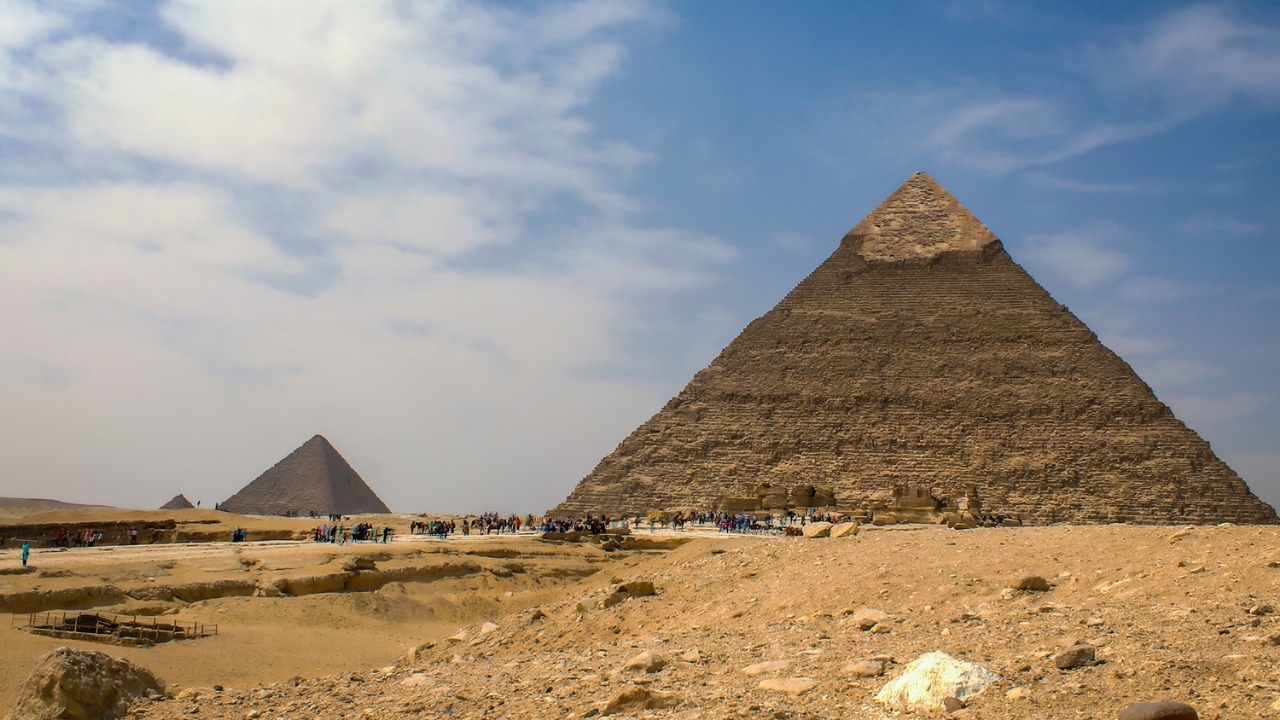
The initial signs of the underground city were detected when radar images revealed unusual patterns beneath the sands of Giza. These anomalies piqued the interest of researchers, leading to a more focused investigation. As exploration continued, the radar data unveiled a sprawling network of tunnels and chambers, confirming the existence of a vast subterranean complex. This remarkable find, as reported by various sources, including NDTV, has reignited interest in the ancient wonders of Egypt.
The architectural features identified within the underground city are nothing short of fascinating. Researchers have mapped out intricate passageways and chambers that suggest a well-organized urban layout. Some areas appear to have been used for residential purposes, with evidence of living quarters and communal spaces. The complexity of the construction indicates advanced engineering skills, challenging previous assumptions about the capabilities of ancient Egyptian society. The discovery provides a new perspective on the architectural ingenuity of the civilization that built the pyramids and raises questions about the purpose and function of the underground city.
Implications for Archaeology and History
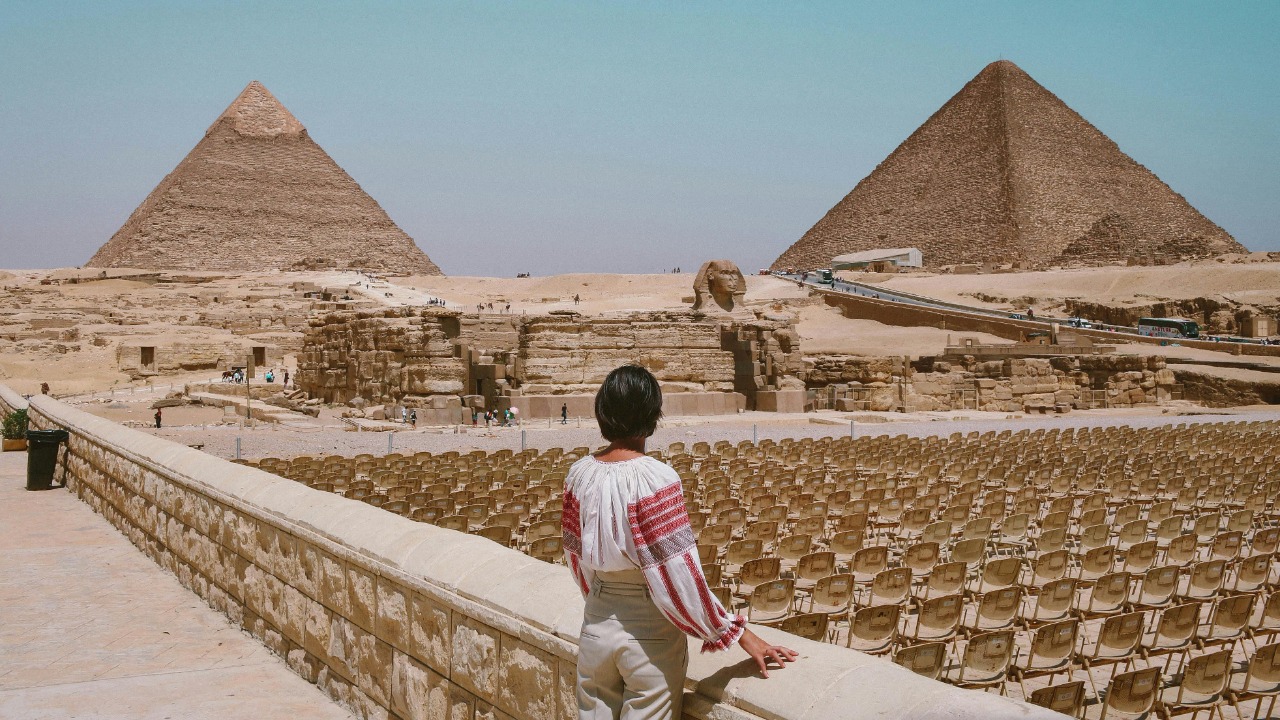
The revelation of such an expansive underground city has profound implications for our understanding of ancient history. It challenges existing historical narratives and suggests that ancient Egyptians may have been more advanced than previously thought. This newfound complexity in their urban planning and architecture could significantly alter our perception of their societal structure and cultural achievements. As scientists and historians continue to study the site, they may uncover new insights into the daily lives and spiritual practices of the civilization.
Excavating and studying the underground city presents numerous challenges for archaeologists. The delicate balance of preserving the site while conducting thorough research requires advanced techniques and technologies. There are concerns about causing potential damage to the structures, which have remained hidden for millennia. Furthermore, ethical considerations must be addressed, as the site holds significant cultural and historical importance. Ensuring that the exploration respects the cultural heritage and traditions of Egypt is paramount to maintaining the integrity of the discovery.
Scientific and Public Reaction
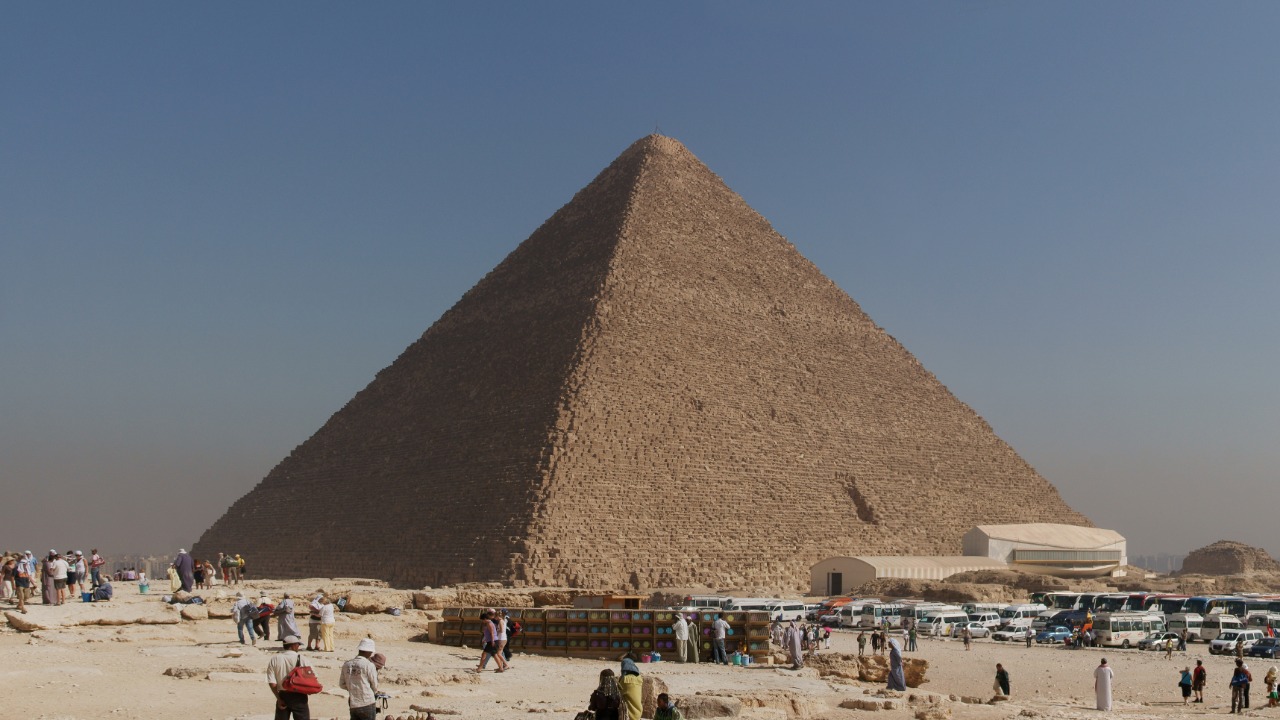
The scientific community has been abuzz with debates and discussions regarding the implications of the underground city. Some experts argue that the discovery could rewrite sections of ancient history, while others call for cautious analysis before drawing definitive conclusions. The varying opinions reflect the complexity of interpreting such a monumental find. Greek City Times highlights the diverse perspectives within the academic world, underscoring the need for continued research and dialogue.
The media coverage of the discovery has captivated the public’s imagination, sparking widespread interest in ancient civilizations and their mysteries. Reports from outlets like the New York Post have brought the story to a global audience, increasing public engagement with archaeological research. The fascination with the unknown and the allure of uncovering hidden secrets beneath iconic landmarks like the Giza Pyramids have contributed to a renewed enthusiasm for historical exploration. As public interest grows, it may lead to increased funding and support for future archaeological endeavors.
Looking Forward: Potential Discoveries
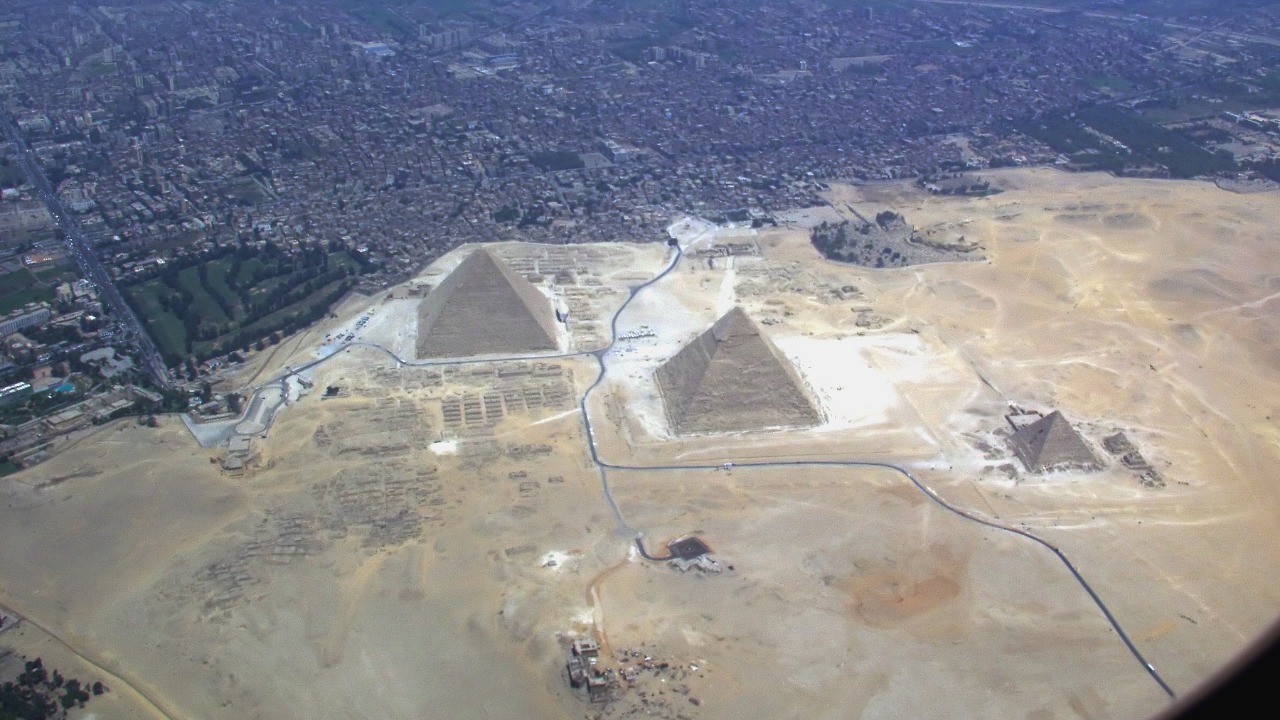
The discovery of the underground city beneath the Giza Pyramids is just the beginning. As technology continues to advance, new tools and methods will likely emerge to aid in the exploration of hidden sites. Predicting future technological innovations, such as enhanced quantum radar systems with even greater precision and depth capabilities, could revolutionize the way we study ancient structures and their environments. These advancements will be crucial in uncovering other potential sites that lie hidden beneath the surface.
The global implications of similar discoveries are vast. If other ancient civilizations also constructed underground cities, we may need to reevaluate our understanding of history on a broader scale. These findings could provide insights into the commonalities and differences among ancient cultures, offering a more comprehensive view of human development throughout the ages. The potential for new discoveries highlights the importance of interdisciplinary collaboration, bringing together technologists, archaeologists, historians, and other experts to share knowledge and expertise. Such partnerships will be essential in unlocking the mysteries of our past and preserving them for future generations.